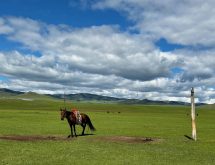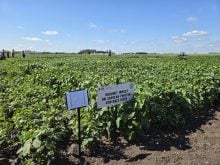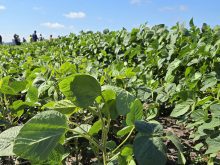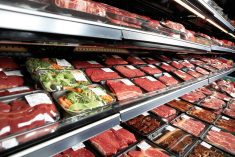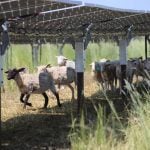Farmers are challenging the notion that bin-run seed from hybrid canola should not be used to grow a crop.
Producers in Wawanesa, Man., conducted trials last year that tested whether hybrid canola seed could be saved for planting the following year. The results convinced at least one farmer in the area to plant bin-run hybrid canola seed on most of his canola acres this year.
Other producers are watching with interest, including Warren Ellis, who farms near Wawanesa and owns a local seed company.
Ellis said he is a strong believer in the merits of certified seed, but he noted that with little control over what they are paid for their crops, farmers are forced to look closely at input costs.
Read Also
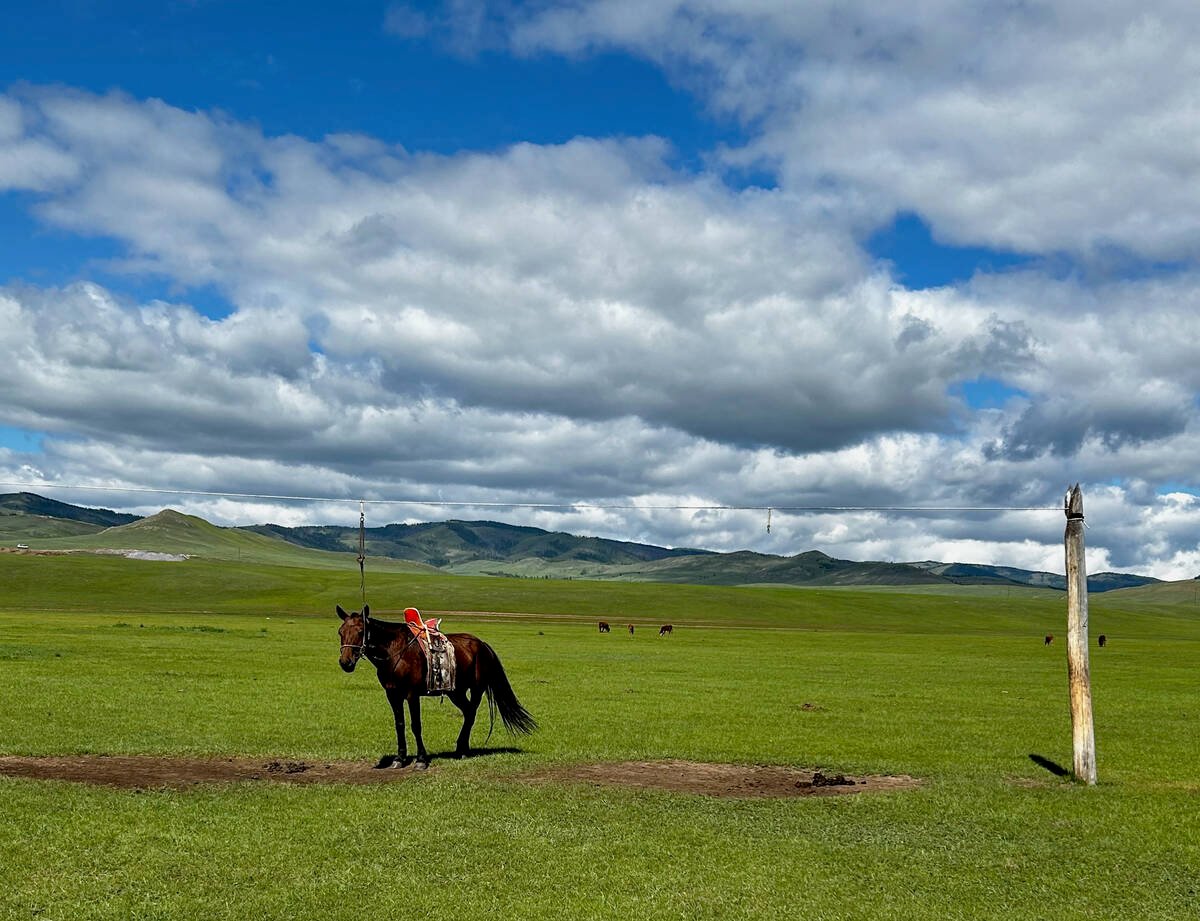
University of Saskatchewan experts helping ‘herders’ in Mongolia
The Canadian government and the University of Saskatchewan are part of a $10 million project trying to help Mongolian farmers modernize their practices.
Hybrid canola typically promises higher yields than open-pollinated varieties, but the seed also tends to be more expensive.
“We’re not scientists here,” Ellis said. “We’re just lay people trying to figure how to make money farming.”
Hybrids are developed by combining two distinct parent lines and selecting for the best features of both. The aim is to create offspring that perform better than either of the parent plants.
The industry has generally thought that bin-run seed from hybrid plants will not keep the hybrid characteristics consistently enough to yield a good crop.
Pete McVetty, a University of Manitoba canola and rapeseed breeder, did research more than a decade ago on whether it was viable to grow a crop from bin-run hybrid canola. He concluded that it was not.
In an interview, McVetty said the crops grown from that seed, also known as common seed, were usually “a dog’s breakfast.”
“I’m more or less on public record as saying that you might try it once but I would think you’d be a really stubborn fellow to try it twice.”
He said the problem is that the crop can become a hodgepodge in terms of days to maturity, plant height, disease resistance and herbicide tolerance. Plants grown from bin-run seed no longer have the consistency of traits found in the variety bred from the parent lines.
The result can be difficult decisions about when to spray and harvest, McVetty said.
“How do you spray appropriately for sclerotinia when you’ve got a seven week flowering period? When is the field really at five to 10 percent bloom? And if it flowers for seven weeks, how long does it take before it’s at the right stage to come to swath?”
When McVetty studied the issue, plants did not have herbicide tolerance.
However, he said herbicide tolerance in the new canola hybrids would only add to the challenges of growing canola from bin-run seed. There would be potential for large crop losses, he added, depending on the herbicide tolerance of the parent lines.
“I think it’s even less of a good idea now,” he said.
“With herbicide tolerance in the equation, you can lose a quarter of the plants with spraying. Just put in more seed, you say. Well, that’s fine, but there are limits to a number of things. I’m not going to recommend it in my career, ever.”
Although last year might have been an anomaly, Ellis said the results in his area were intriguing.
His neighbour, who this year is planting most of his canola with common hybrid seed, did a trial last year on at least 60 acres. The outside rounds of the field were planted to certified hybrid seed while the rest was sown to the common seed to get a side-by-side comparison. Small scale trials also were done on Ellis’s farm.
The certified and common seed were planted on the same day.
Ellis said there was virtually no difference in yield, although the crop grown from common seed took about a week longer to reach maturity.
Ellis speculated that McVetty’s “dog’s breakfast” might perhaps be avoided if the parent lines of a hybrid variety are not greatly different.
“I think the key word is two distinct parents. If the parents are distinct, then you could run into problems. I think the reality is they’re not always distinct. The thing is that you’ll never find out whether they’re distinct or not. I don’t know how you’d ever find out. I don’t suppose the companies are going to tell you.”
He estimated that bin-run hybrid seed costs 16 to 20 cents a pound based on the market value of the canola seed harvested from the previous year’s crop plus cleaning costs, while planting the common seed worked out to about $5 per acre. It is not uncommon for farmers to pay five times that amount for certified hybrid canola seed.
Despite the results from last year’s trials, Ellis did not dismiss the possibility that it was an anomaly and said his neighbour who is planting mostly bin-run seed this year may be taking a large gamble.
“If this common seed doesn’t work, if it was an environmental anomaly that made it successful last year, and the reality is that it’s not going to grow this year, it’s going to cost him a hell of a pile of money by trying to save that 20 to 30 dollars (an acre).”


